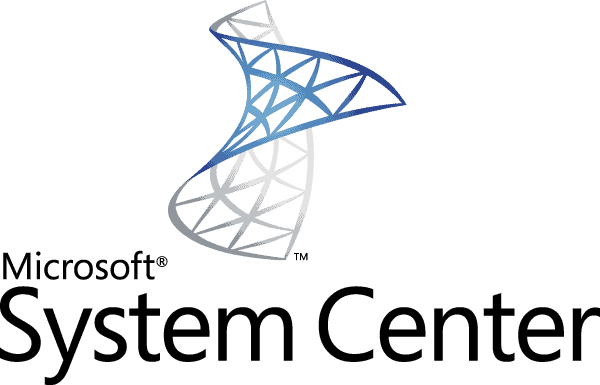Finally I had finish the last training for the Microsoft Private Cloud training (10751 – Configuring and Deploying a Private Cloud with System Center 2012) and heading to complete my MCSE certification soon.
Let’s see what is Cloud Computing:
Private and public cloud computing models provide different services based on your needs. Before moving to a cloud-computing model, you need to understand its requirements and challenges. For greater control, security, and manageability, you can adopt a private cloud model. Although the public cloud offers less control and functionality, it might suit your technical needs or budgetary constraints. Or, you could choose to use a hybrid approach, in which you mix the private cloud and public cloud technologies together. This course will only focus on the private cloud implementation
What challenge the traditional business face?
For many years, traditional computing involved a rapid growth of data centers with a great deal of server inefficiency. IT professionals would purchase a significant amount of individual physical servers, and typically assign one workload to each server. With the ability to run multiple workloads on a single server, there was some application or hardware-based resource consolidation, but IT professionals would typically use single workloads or functions that were deployed on servers using less than 10 percent of their available resources. This meant that in a data center, hundreds or thousands of servers were consuming large amounts of space and power, with low overall use.
About 10 years ago, technology improved enough to enable the data center to isolate the workload and the operating system inside a virtual machine. IT professionals could now consolidate these virtual machines on fewer instances of hardware. This led to a significant increase in resource use with reduced costs and power consumption.
The Rise of Cloud Computing
The next evolution for virtual computing technology is cloud computing. Cloud computing extends the virtualization concepts to make them even more elastic. Public and private clouds are more easily accessible to business unit IT teams, and more accountable through features such as the cost center-based chargeback model for billing.
The National Institute of Standards and Technology (NIST) defines cloud computing as a model for enabling ubiquitous, convenient, on-demand network access to a shared pool of configurable computing resources?that is, networks, servers, storage, applications, and services?that you can rapidly provision and release with minimal management effort or service provider interaction.
For example, an application owner can deploy a developed application to the private cloud infrastructure and be assured that the infrastructure will dynamically adjust resources for the application, scale the application, and enable the application to migrate across servers based on best resource match.
This current cloud-computing model ultimately provides elasticity, design scalability, and accountability for the actual resource use that the application is employing. Additionally, cloud computing makes maximum use of the resources that are available in a data center.
Well, what is the benefit of cloud computing? Let find out next.


